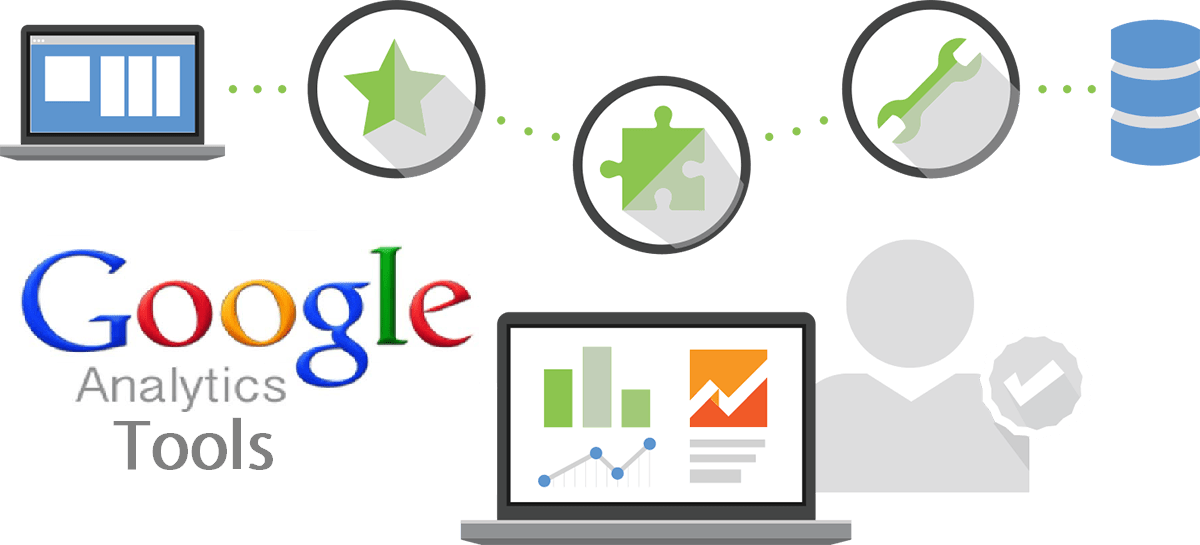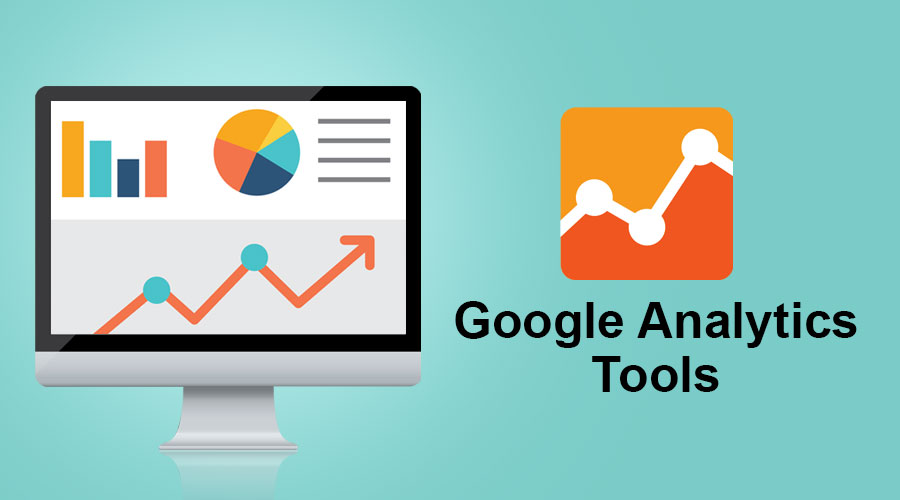Enhance ROI and Performance With Strategic Analytics Planning
Enhance ROI and Performance With Strategic Analytics Planning
Blog Article
Boost Effectiveness and Earnings Through Data Analytics
In today's data-driven landscape, services are increasingly identifying the essential function of information analytics in boosting functional performance and profitability. By systematically analyzing information, organizations can reveal important insights that inform critical decisions, simplify processes, and tailor consumer experiences (Analytics). Nevertheless, the challenge exists not only in the application of these logical devices yet also in recognizing how to convert information right into workable end results. As we check out the subtleties of effective data-driven approaches, the implications for both temporary gains and long-lasting success come to be increasingly clear. What might these insights reveal for your company?
Understanding Data Analytics
In today's data-driven landscape, understanding data analytics is vital for organizations intending to improve functional performance and drive earnings. Data analytics entails the systematic computational analysis of information collections to discover patterns, correlations, and insights that educate decision-making. By utilizing different strategies, such as statistical analysis, artificial intelligence, and anticipating modeling, companies can transform raw data into workable intelligence.
The process typically begins with data collection, where appropriate details is collected from numerous sources, consisting of transactional databases, consumer interactions, and market fads. This information is then cleansed and organized to make certain precision and consistency. As soon as the data is prepared, analytical devices and software application are used to envision the details and check out, making it possible for stakeholders to identify trends and anomalies.
Ultimately, recognizing information analytics empowers companies to make informed choices based on empirical proof instead of instinct. It facilitates targeted strategies that can maximize source allocation, enhance customer contentment, and improve total efficiency. As services significantly identify the value of data-driven understandings, a solid grasp of information analytics becomes an essential proficiency for groups and leaders alike, placing them for sustained success in a competitive atmosphere.

Trick Benefits for Organizations
Organizations that utilize data analytics can unlock a multitude of advantages that substantially boost their procedures and productivity. Among the main benefits is boosted decision-making. Information analytics provides workable understandings stemmed from real-time data, permitting services to make informed selections that align with market demands and consumer preferences.

Furthermore, data analytics fosters enhanced client experiences. By recognizing customer behaviors and preferences, services can tailor their offerings, leading to raised complete satisfaction and loyalty. This tailored approach often leads to higher conversion prices and repeat service.
Additionally, data analytics enables businesses to determine emerging trends and possibilities. By staying in advance of the contour, companies can profit from new markets and innovations before their competitors.
Executing Data-Driven Techniques
Successful execution of data-driven strategies needs an extensive understanding of both readily available information and organizational goals resources. Organizations must initially define their goals plainly, guaranteeing placement between information campaigns and calculated goals. This clearness makes it possible for groups to concentrate on relevant metrics and understandings that drive decision-making.
Following, services need to examine their existing information look at more info infrastructure. This involves evaluating data high quality, availability, and assimilation abilities. Premium information is vital for exact evaluation, as poor information can bring about misguided methods and lost sources. Organizations has to develop procedures for information collection, cleansing, and monitoring to preserve data honesty.
Moreover, promoting a data-driven culture is critical. Employees in all levels need to be urged to utilize information in their everyday procedures. Training workshops and programs can enhance information proficiency, empowering personnel to make enlightened choices based on logical understandings.
Devices and Technologies Introduction
A durable suite of technologies and tools is essential for companies intending to harness the full possibility of information analytics. These tools assist in the collection, handling, and visualization of information, allowing companies to obtain workable understandings.
At the foundational degree, data management systems such as SQL databases and NoSQL systems supply reliable data storage space and access check here capabilities. For data handling and evaluation, programs languages like Python and R, along with frameworks such as Apache Spark, make it possible for intricate estimations and equipment learning applications.
Visualization devices, consisting of Tableau and Power BI, transform raw information right into instinctive graphical styles, making insights accessible to stakeholders at all levels. In addition, cloud-based platforms like Google Cloud and AWS offer scalable storage and handling solutions, fitting the growing quantities of information organizations encounter.
For innovative analytics, predictive modeling and AI-driven services are significantly taken on, allowing companies to anticipate fads and improve decision-making procedures. Incorporating these tools right into existing workflows is paramount; organizations that effectively take advantage of this innovation can considerably enhance functional efficiency and drive profitability. Therefore, purchasing the right tools and technologies is a critical necessary for any type of data-driven company.
Situation Studies of Success
Leveraging information analytics has actually led various organizations to achieve impressive improvements in efficiency and success. One remarkable situation is a big retail chain that implemented anticipating analytics to enhance stock administration. By examining historic sales data and consumer patterns, the business decreased excess inventory by 30%, causing substantial expense financial savings and enhanced capital.
An additional example can be discovered in the manufacturing industry, where a leading vehicle manufacturer utilized information analytics to boost its production processes. By keeping track of equipment efficiency in real-time, the organization identified bottlenecks and inefficiencies, causing a 20% boost in overall equipment performance (OEE) This not only enhanced manufacturing prices but additionally reduced downtime and maintenance expenses.

These case research studies illustrate exactly how information analytics can drive tactical decision-making, optimize processes, and inevitably improve both performance and find out here now productivity across different markets.
Verdict
In final thought, the integration of information analytics into business procedures presents considerable opportunities for improving effectiveness and earnings. By systematically evaluating data, organizations can determine ineffectiveness, enhance customer experiences, and make informed decisions.
In today's data-driven landscape, recognizing data analytics is necessary for companies intending to enhance operational effectiveness and drive earnings. Information analytics entails the systematic computational analysis of information sets to discover patterns, connections, and understandings that inform decision-making. Data analytics gives workable understandings acquired from real-time information, permitting businesses to make educated options that align with market demands and customer choices.
High-quality data is necessary for precise analysis, as bad information can lead to misdirected approaches and squandered sources. Organizations must develop procedures for information collection, cleaning, and management to maintain information stability.
Report this page